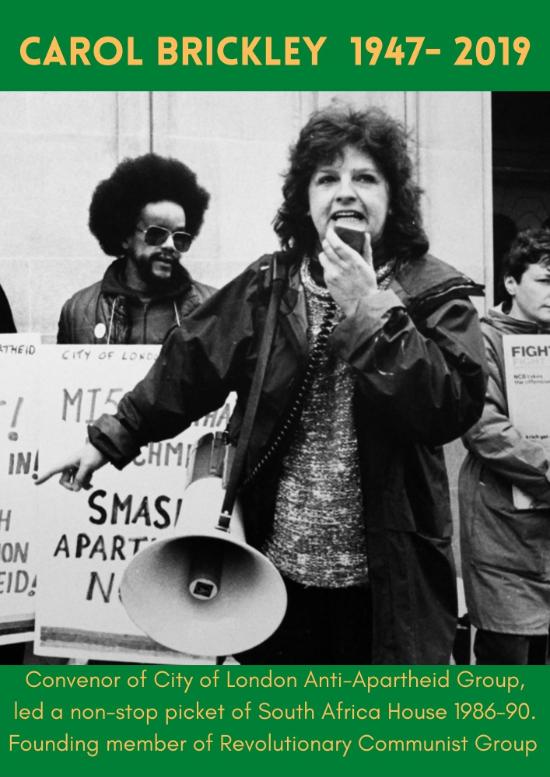Pritilata Waddedar 1911-1932
Born in Chattogram, Bangladesh, Pritilata Waddadar’s short life is testimony to the armed struggle that played a vital role in the Indian independence movement. The first decades of the 1900s saw huge sections of Indian workers and peasants organised in a revolutionary movement that challenged not only the British Raj, but also Indian class society. Widespread strikes in 1918-1919 were met with repression via the Rowlatt Act to combat ‘sedition’. This allowed for the non-jury trials of those suspected of political activism, as well as internment without trial. In April 1919 British forces open fire on a peaceful meeting against the Rowlatt Act at Amritsar in Punjab state, massacring 379 people; 1,200 more were injured.
The Amritsar massacre was the catalyst for an explosion of popular anger. The first six months of 1920 saw 200 strikes involving 1.5 million workers. Spontaneous non-payment of taxes to British authorities started, whilst peasants started to go on rent strike, challenging the Indian landlord class. A huge general strike took place in November 2021, with regular attacks on police stations and other bulwarks of colonial rule. Successive Labour and Tory governments in Britain sanctioned ever more repression in India with the first Labour government of Ramsay MacDonald passing the Bengal Ordinance in 1924, which suspended habeas corpus and increased powers of arbitrary detention. In 1928, the Simon Commission, set up to consider constitutional reform, arrived in India. In keeping with colonialist hypocrisy, the commission was comprised of seven members of the British parliament, but not a single Indian. The commission was met by a huge strike movement, mass protests and riots, with demonstrators burning effigies of Ramsay MacDonald in the streets.
During this time Pritilata Waddedar studied in Dhaka and Kolkata, making connections with other women organising against British colonialism. This included Leela Nag who established the Deepali Sangha, a revolutionary group that provided combat training to women. Frustrated by manoeuvres by the bourgeoisie wing of the independence movement to delay demands for immediate recognition of independence from the British, Waddedar joined Surya Sen’s underground Chittagong group. Responding to a further wave of disobedience in 1930 Waddedar was took part in a raid on a British armoury in Chattogram. Although the group did not manage to capture the ammunition, they succeeded in ruining the telegraph and telephone lines, cutting off the armoury from the rest of the British Raj. After raising the Indian flag, Sen and his group dispersed and hid in neighbouring villages, and continued to launch raids on government buildings and property. Days later a large group of revolutionaries were cornered in the Jalalabad hills by British troops, the fierce battle that ensued left 80 British troops and 12 Indian revolutionaries dead though Sen and Waddedar escaped.
Worker seizure of the administration in Mumbai in 1931 was met with ruthless violence and martial law, directed by the British Labour government. Tens of thousands were arrested and hundreds shot. The RAF dropped over 500 tonnes of bombs on the region. The Simon Commission concluded with no significant concessions and in 1932, the British Raj unleashed a further wave of repression. The Chittagong group assigned Waddedar to lead an attack on the Pahartali European Club, specifically targeted because of its racist practices towards Indians, especially its signs stating ‘Dogs and Indians not allowed’.
In September 1932 Waddedar and nine others attacked the club, facing bullets from police on guard. Waddedar sustained a bullet wound that prevented her from escaping. Rather than face imprisonment, torture and execution at the hands of the British, she killed herself by swallowing potassium cyanide. She was just 21. Surya Sen was captured and brutally tortured, his bones shattered and his nails torn out, before being hanged by the British in 1934.
Shortly before her death, Waddedar wrote: ‘I earnestly hope that my sisters will no more think themselves weaker and will get themselves ready to face all dangers and difficulties and join the revolutionary movement in their thousands.’
(see https://feminisminindia.com/2019/09/06/pritilata-waddedar-revolutionary-birkannya-bengal/
India: The struggle for independence – part 1: to 1931 (revolutionarycommunist.org))





